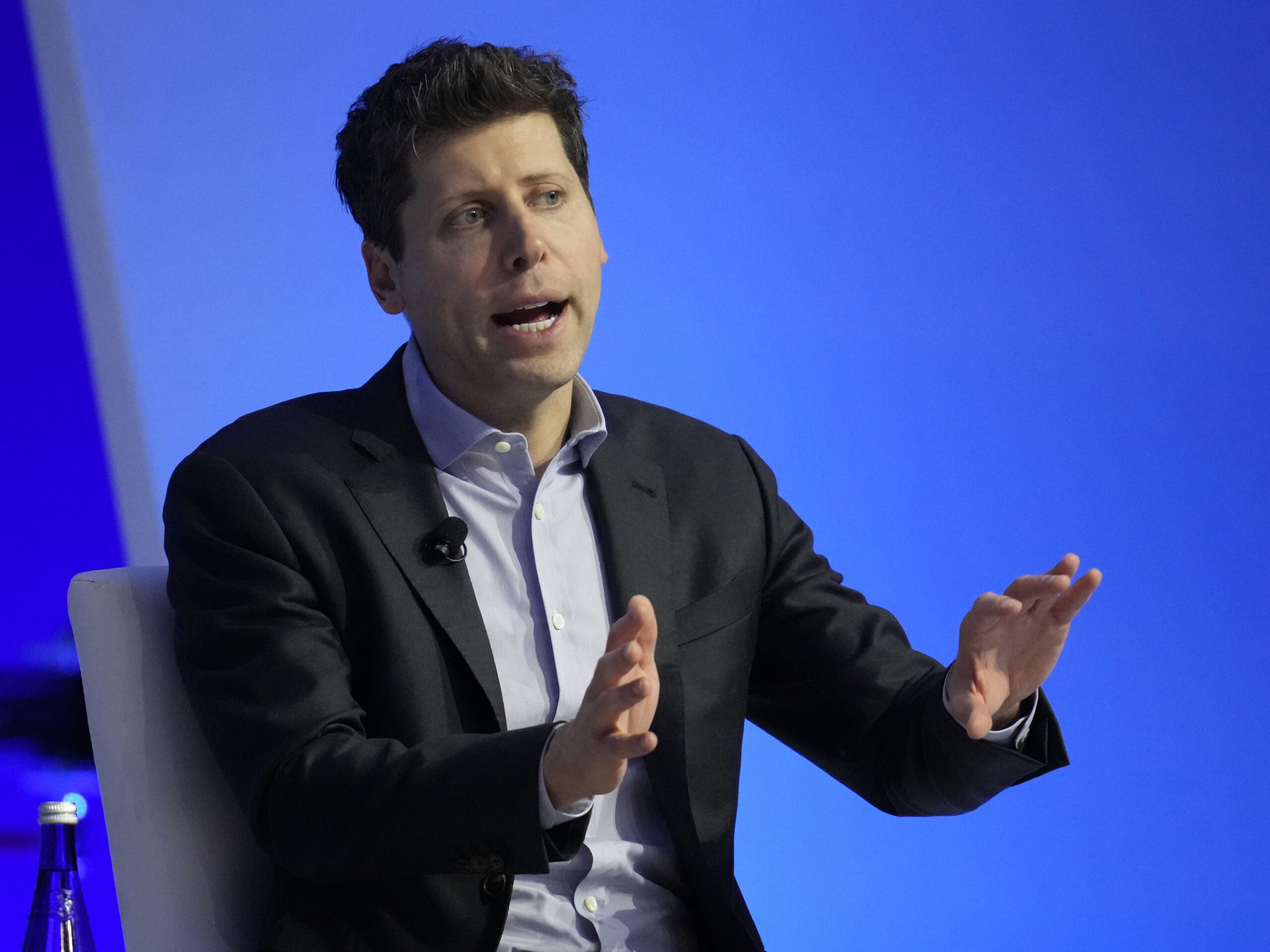Despite being countersued by OpenAI, Elon Musk’s artificial intelligence venture, xAI, is pushing forward with the rollout of its latest technology. The company has now made its flagship Grok 3 model. Including a lightweight Grok 3 Mini version — available to developers via an API.
Grok 3, introduced months ago as xAI’s response to OpenAI’s GPT-4o and Google’s Gemini. Offers advanced image understanding and reasoning capabilities. It also powers features on Musk’s social platform X, which was acquired by xAI in March.
Now, xAI is offering API access to both Grok 3 and Grok 3 Mini, with pricing based on token usage. Grok 3 costs $3 per million input tokens and $15 per million output tokens. While Grok 3 Mini is priced at $0.30 and $0.50 per million input and output tokens, respectively.
For users needing faster responses, premium tiers are available. Grok 3’s speedier variant costs $5 per million input tokens and $25 per million output tokens. Grok 3 Mini’s accelerated option is $0.60 and $4 per million input and output tokens.
While the API release marks a major milestone, Grok 3’s pricing places it at the higher end of the market. Its base costs match Anthropic’s Claude 3.7 Sonnet, a similarly reasoning-capable model. However, it’s still pricier than Google’s Gemini 2.5 Pro. Which performs better across standard benchmarks. XAI has also faced scrutiny for allegedly overstating Grok 3’s performance in some of its earlier benchmark comparisons.
Another point of contention among developers is Grok 3’s context window. Though xAI initially claimed the model could support up to 1 million tokens, the API caps usage at 131,072 tokens (around 97,500 words), limiting how much content the model can process at once.
When Musk introduced Grok nearly two years ago, he marketed it as a bold, uncensored AI that wouldn’t shy away from controversial topics. Early versions, Grok and Grok 2, could be prompted into using colorful language — a trait not typically found in models like ChatGPT. However, those same versions still dodged sensitive political issues or leaned left on topics like diversity and transgender rights.
Musk has attributed the model’s perceived bias to its training data, which was sourced from publicly available internet content. He has since pledged to make Grok more politically neutral. While minor controversies, such as censoring content critical of Donald Trump or Musk himself, have stirred concern, it’s unclear if Grok 3 reflects a broader shift in alignment or how that will affect the product over time.
For now, xAI’s move to make Grok 3 available via API marks a significant step in its efforts to compete in the evolving AI space — lawsuits or not.












